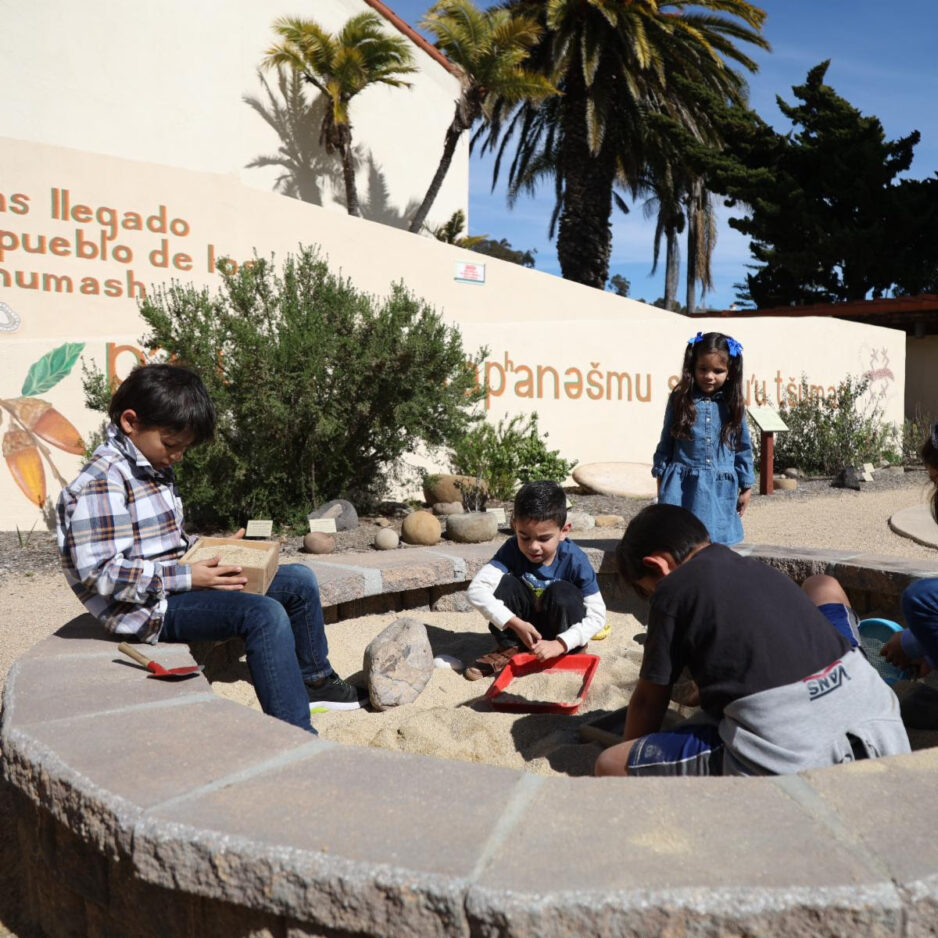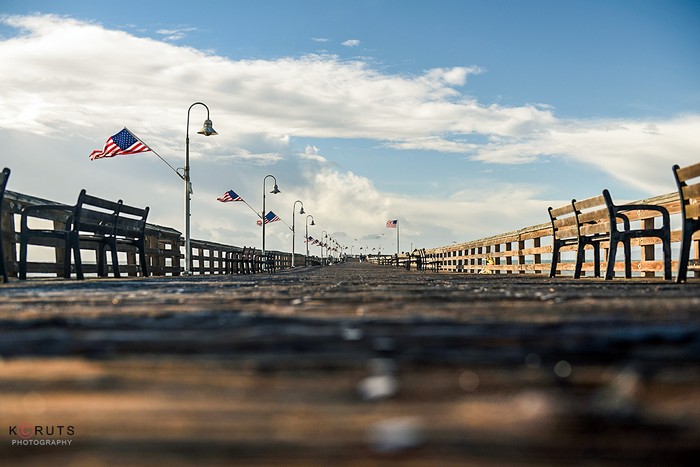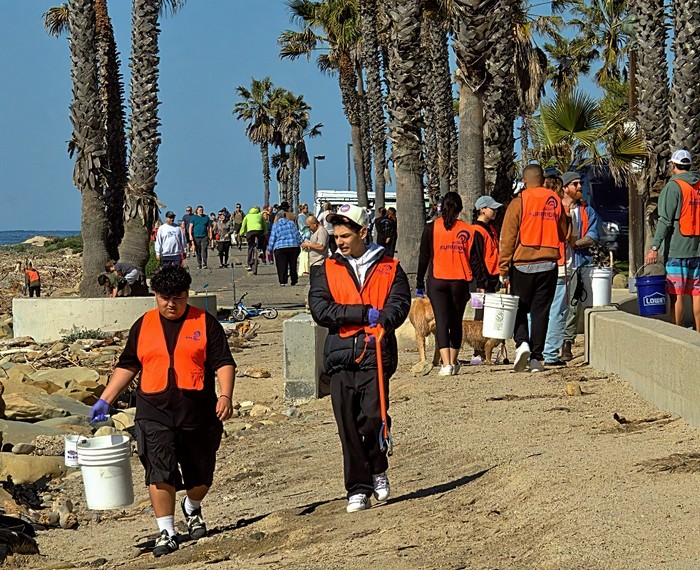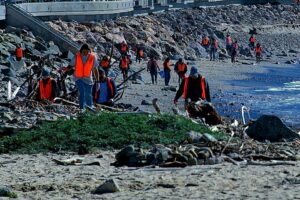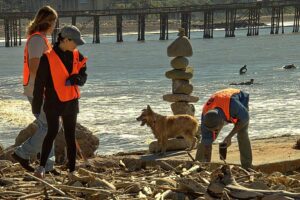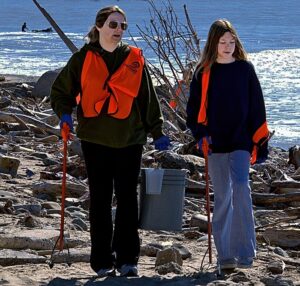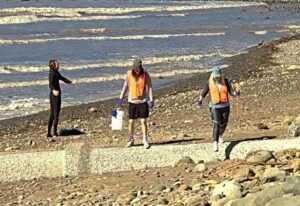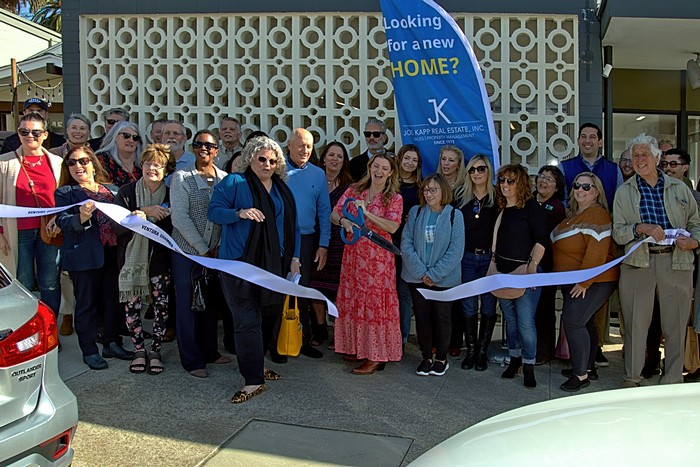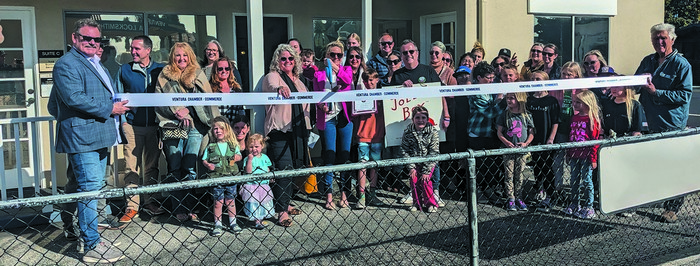Calling all violinists and violists! The Henry Schwab Violin & Viola Competition is returning to Ventura College this summer: The application deadline is Sunday, April 23; preliminary rounds are April 29 & 30. Finalists will play a selection of their choice accompanied by the full Schwab Summer Orchestra to cap off the final weekend of this summer’s Schwab Academy on July 22 & 23, 2023. In addition to providing contestants the opportunity to shine in front of a live audience and nationally renowned guest judges, the first-place winner will be awarded a top prize of $2000. Learn more and apply online at www.venturacollege.edu/schwab
An enduring gift from Miriam Schwab, the inaugural Henry Schwab Violin and Viola Competition debuted in 2006. In addition to her career as a highly successful real estate agent, Miriam was passionate about music and a longtime member of the Ventura College Symphony.
The 13th Annual Henry Schwab Violin & Viola Competition Finals will take place on Saturday, July 22 (7:30 PM) and Sunday, July 23 (2:30 PM) at the Ventura College Performing Arts Center. Preliminary Rounds will take place on April 29 & 30, and the application deadline is Sunday, April 23, 2023. The Competition is split into two categories; finalists in Category B (1st prize, $1000) will perform a movement from a concerto while Category A finalists (1st prize, $2000) will perform a complete concerto. All performances in the final round will be accompanied by the Schwab Academy Orchestra.
The Violin & Viola Competition was the original piece of what is now the Ventura College Schwab Academy. In 2017, Miriam Schwab wanted to expand her legacy, and create an endowment to build an academy for instrumental music where talented students would have the opportunity to study and perform alongside an acclaimed faculty and guest artists.
Upon her death on December 24, 2017, Miriam left more than ten million dollars to the Ventura College Music Department to inaugurate The Miriam and Henry Schwab Academy of Instrumental Music. The Violin & Viola Competition is one of the Academy’s three main components: her bequest also created an intensive three-week Summer Academy, and an Extension Program during the Spring and Fall.
The Summer Academy offers programs in Chamber Music and Symphony Orchestra. In this intensive three-week summer institute, which debuted in 2019, all students receive classes each weekday from the Academy’s nationally-recognized faculty and present public performances each weekend, where they rehearse and perform alongside faculty and professional guest musicians.
“Having students play alongside a professional at every rehearsal and performance is very special” says Festival Director Robert Lawson, “The students and faculty become a family, working together daily to develop their skills and to reach the highest standard of music making.” Academy student Sophia Holdorf adds, “It’s an opportunity to push yourself and learn in an open environment; we welcome each other’s experience, cheer each other on, and we build connections we’d never have any other way.”
“Music education teaches more than just music,” says Ashley Walters, music director and conductor. “It teaches students to develop a strong work ethic, how to work as a team player to meet goals, and provides students of all ages with an incredible community that can offer support and guidance as they discover and pursue their own dreams.”
Lawson and Walters have big plans for the Academy’s future. While initially geared towards students in Ventura and Santa Barbara Counties, Lawson sees the Schwab Academy expanding their footprint throughout the state and beyond.
